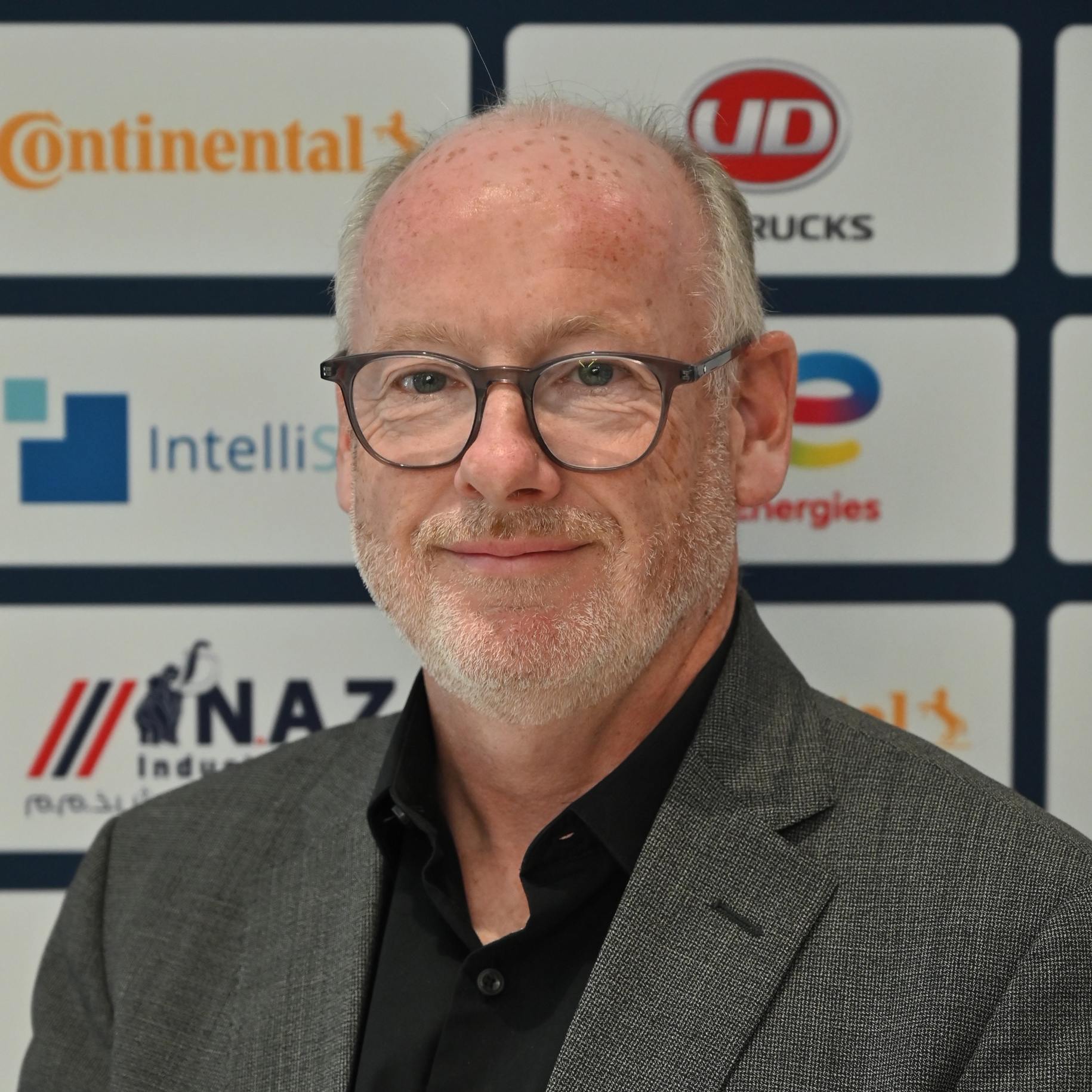

Driverless taxis on the streets by the end of 2023; freight and passenger carrying drones overhead. What else can Dubai teach us? Here’s a hype-free exploration By Jonathan Spear, transport policy and strategy advisor and chair, CIHT Dubai
Join other savvy professionals just like you at CIHT. We are committed to fulfilling your professional development needs throughout your career
Dubai has ambitions to be one of the leading cities in the world. In transportation terms that means having an efficient, multimodal, integrated transport system. In practice, this involves building up the public transport network, securing first and last-mile connections, managing goods as well as passengers. Compared with many other cities in the Gulf, it is way ahead of the pack.
I think that will continue to be the case against growing competition from others in the region, but Dubai will also be looking at a lot of innovative ideas, technologies and best practices in order to stay ahead in the race. Technologies under investigation include connected autonomous mobility, the decarbonisation of transport, digital on-demand services, and mobility on subscription as part of the shared economy. The emphasis will very much be around management of transport infrastructure and mobility services; using innovative technology, processes, systems and operating models to do just that.
The best example of this approach at the moment is the recently announced partnership between Dubai’s Roads and Transport Authority (RTA) and Cruise, a subsidiary of General Motors, which is developing an autonomous electric robotaxi called the Origin. Dubai is planned to be the international launch city for Origin, with the intention to have fully driverless shared transport on public roads as early as the end of this year , and with a target of 4,000 in service, equivalent to around 40% of the current taxi fleet, by 2030.
The other development making waves in Dubai at the moment is advanced air mobility. This involves the introduction of electric light aircraft capable of delivering goods, carrying passengers and carrying out activities such as remote sensing, photography and surveillance. The development of this technology is ongoing with the first commercial applications for passengers and freight expected within a few years. Like driverless cars, there’s not yet regulatory approval for a roll-out at any scale, but a number of cities, including Dubai and others such as Singapore, are trying to put themselves on the map as testbeds, to become early adopters and to link this into their wider mobility management and urban development propositions. The Dubai Civil Aviation Authority has just issued standards for ground infrastructure known as vertiports; others in the Emirate are looking at specifications for the aircraft themselves, air traffic control and the wider ecosystem, as well as the delivery of passenger services and business models.
A word of caution. Driverless cars were hyped for imminent take-off a few years ago. What we actually saw were entrepreneurs and start-ups within the industry over-promising and under-delivering. Advanced air mobility may exhibit similar patterns. So while we will see eventual regulatory approval and commercial adoption, it will come later, in more fits and starts and at a smaller scale than predicted. Nevertheless, the future is bright and I think we will see advanced vehicles, in the air and on the ground, within the next few years. This is especially the case around electrification, driven as this is by the existential threat of climate change and the need for rapid progress towards decarbonisation of all transport modes.
From a policy and regulatory perspective, you have to balance the hype from the industry, seeking publicity and investment, with what is safe, equitable and ultimately in the public interest. And bear in mind: what is ultimately commercially successful isn’t necessarily the most technologically advanced, but the most practical, socially acceptable and usable solution to known problems currently in hand.
We can try to make predictions now about what transport and mobility might look like in 2050 and we might get half of them right. However, there's a lot of volatility, uncertainty, complexity and ambiguity surrounding the future and we need to plan for, and hedge against, a number of contrasting scenarios for how things may eventually work out. Ultimately, to use a well-worn phrase, the best way to predict the future is to create it.
Jonathan Spear was in conversation with Craig Thomas
Don’t miss Jonathan Spear at the CIHT Masterclass on Global Innovations, Technology, and Road Related Data on 19 January when he will be speaking alongside Emily See, Highway Market Director, Amey and Stephen Morgan MCIHT, Principal Strategic Consultant, Amey.

Join other savvy professionals just like you at CIHT. We are committed to fulfilling your professional development needs throughout your career
{{item.AuthorName}} {{item.AuthorName}} says on {{item.DateFormattedString}}: